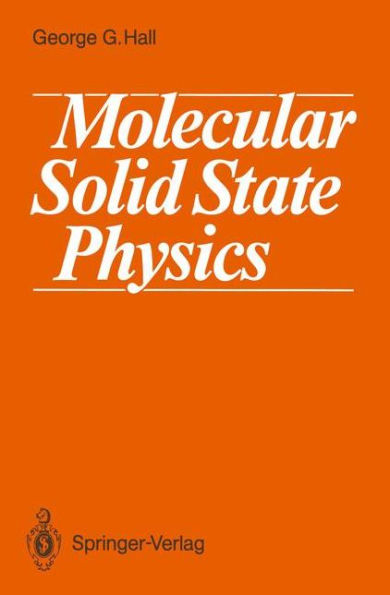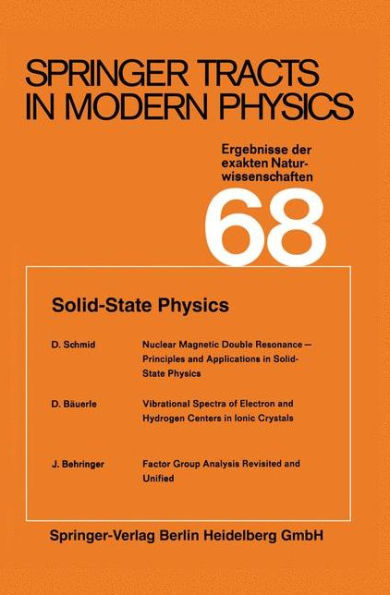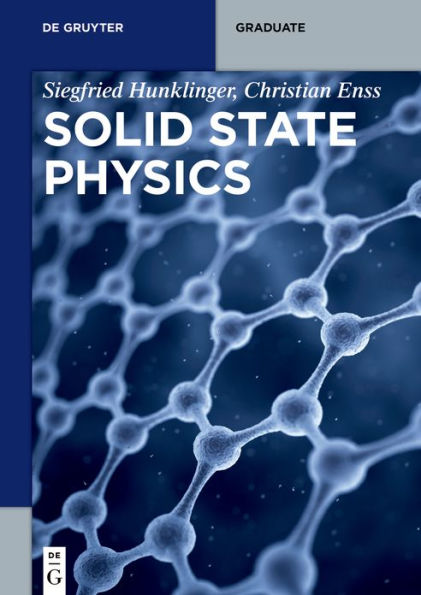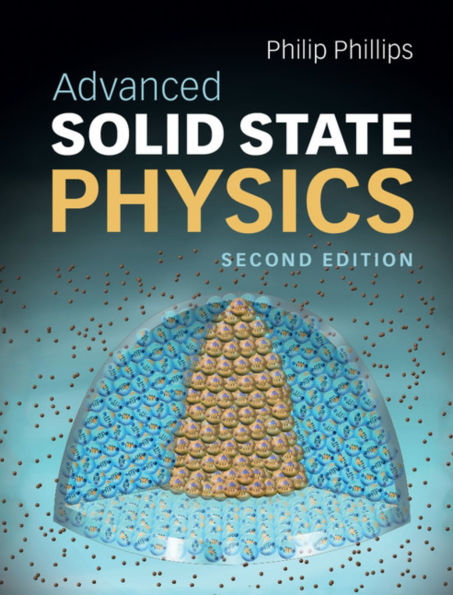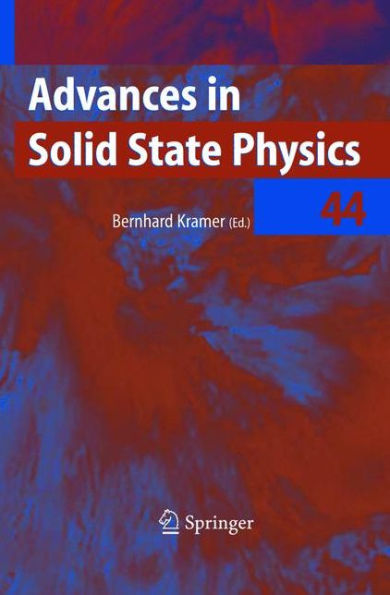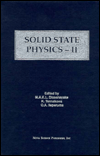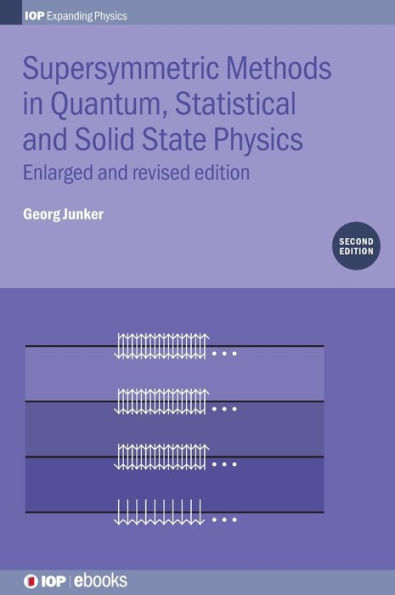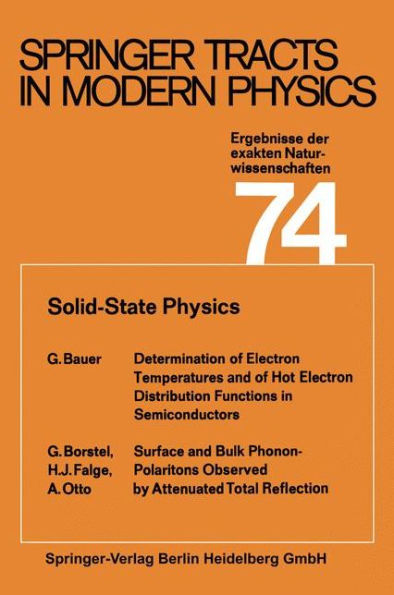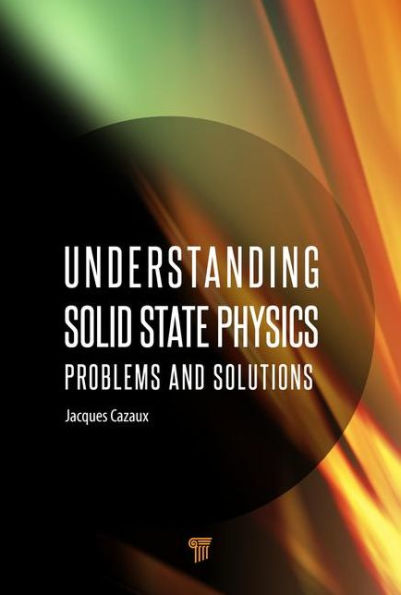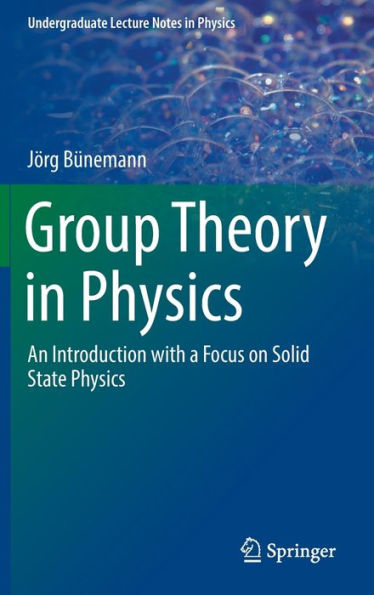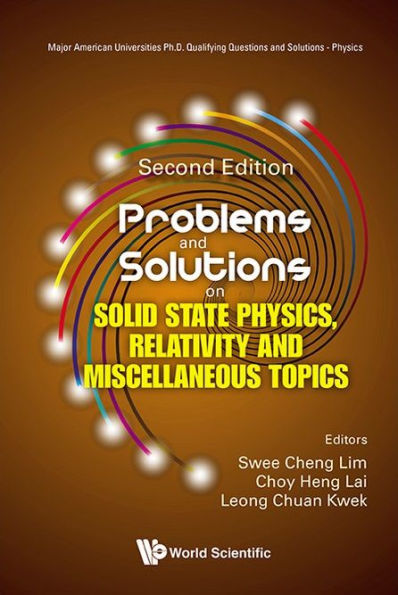Home
Solid State Physics of Finite Systems: Metal Clusters, Fullerenes, Atomic Wires / Edition 1
Loading Inventory...
Barnes and Noble
Solid State Physics of Finite Systems: Metal Clusters, Fullerenes, Atomic Wires / Edition 1
Current price: $109.99
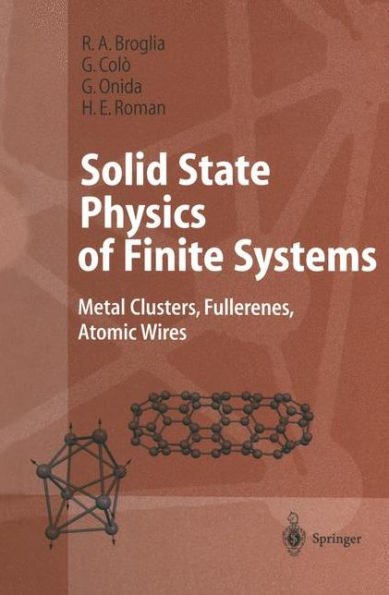

Barnes and Noble
Solid State Physics of Finite Systems: Metal Clusters, Fullerenes, Atomic Wires / Edition 1
Current price: $109.99
Loading Inventory...
Size: OS
*Product Information may vary - to confirm product availability, pricing, and additional information please contact Barnes and Noble
Quantum mechanics is the set of laws of physics which, to the best of our knowledge, provides a complete account of the microworld. One of its chapters, quantum electrodynamics (QED), is able to account for the quantal phenomena of relevance to daily life (electricity, light, liquids and solids, etc.) with great accuracy. The language of QED, field theory, has proved to be uni versal providing the theoretical basis to describe the behaviour of many-body systems. In particular finite many-body systems (FMBS) like atomic nuclei, metal clusters, fullerenes, atomic wires, etc. That is, systems made out of a small number of components. The properties of FMBS are expected to be quite different from those of bulk matter, being strongly conditioned by quantal size effects and by the dynamical properties of the surface of these systems. The study of the elec tronic and of the collective behaviour (plasmons and phonons) of FMBS and of their interweaving, making use of well established first principle quantum (field theoretical) techniques, is the main subject of the present monograph. The interest for the study of FMBS was clearly stated by Feynman in his address to the American Physical Society with the title "There is plenty of room at the bottom". On this occasion he said among other things: "When we get to the very, very small world - say circuits of seven atoms - we have a lot of new things that would happen that represent completely new opportunities for design" [1].
